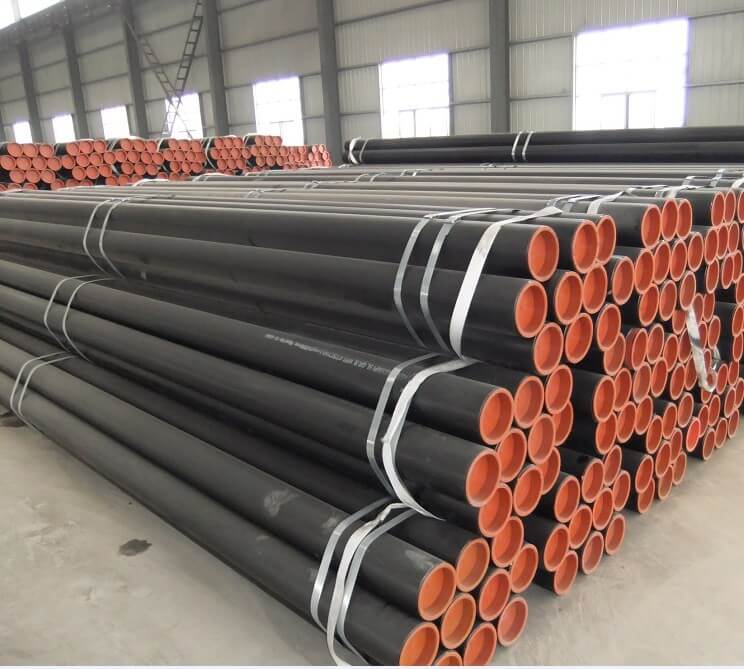-
Cangzhou Yulong Steel Co., Ltd.
-
Phone:
+86 13303177267 -
Email:
admin@ylsteelfittings.com
- English
- Arabic
- Italian
- Spanish
- Portuguese
- German
- kazakh
- Persian
- Greek
- French
- Russian
- Polish
- Thai
- Indonesian
- Vietnamese
- Zulu
- Korean
- Uzbek
- Hindi
- Serbian
- Malay
- Ukrainian
- Gujarati
- Haitian Creole
- hausa
- hawaiian
- Hebrew
- Miao
- Hungarian
- Icelandic
- igbo
- irish
- Japanese
- Javanese
- Kannada
- Khmer
- Rwandese
- Afrikaans
- Albanian
- Amharic
- Armenian
- Azerbaijani
- Basque
- Belarusian
- Bengali
- Bosnian
- Bulgarian
- Catalan
- Cebuano
- China
- China (Taiwan)
- Corsican
- Croatian
- Czech
- Danish
- Esperanto
- Estonian
- Finnish
- Frisian
- Galician
- Georgian
- Kurdish
- Kyrgyz
- Lao
- Latin
- Latvian
- Lithuanian
- Luxembourgish
- Macedonian
- Malgashi
- Malayalam
- Maltese
- Maori
- Marathi
- Mongolian
- Myanmar
- Nepali
- Norwegian
- Norwegian
- Occitan
- Pashto
- Dutch
- Punjabi
- Romanian
- Samoan
- Scottish Gaelic
- Sesotho
- Shona
- Sindhi
- Sinhala
- Slovak
- Slovenian
- Somali
- Sundanese
- Swahili
- Swedish
- Tagalog
- Tajik
- Tamil
- Tatar
- Telugu
- Turkish
- Turkmen
- Urdu
- Uighur
- Welsh
- Bantu
- Yiddish
- Yoruba

Sep . 22, 2024 20:24 Back to list
astm a106 b material
Understanding ASTM A106 B Material A Comprehensive Overview
ASTM A106 B is a standard specification for seamless carbon steel pipes intended for high-temperature service. It is widely used in various industries, including oil and gas, power generation, and chemical processing. Understanding the characteristics and applications of ASTM A106 B is crucial for engineers, project managers, and professionals involved in the selection and procurement of materials.
Composition and Properties
ASTM A106 B pipes are made from carbon steel, which primarily consists of iron and carbon. The specification outlines specific requirements for chemical composition, mechanical properties, and manufacturing processes. The typical chemical composition of ASTM A106 B includes a maximum carbon content of 0.30%, along with limited amounts of manganese, phosphorus, sulfur, and silicon.
The mechanical properties of A106 B include a minimum yield strength of 240 MPa and a minimum tensile strength of 415 MPa. These properties ensure that the material can withstand high pressures and temperatures, making it suitable for various applications. The seamless design of the pipes eliminates the weaknesses associated with weld seams, enhancing their durability and resistance to corrosion and cracking under high-stress conditions.
Manufacturing Process
The manufacturing process for ASTM A106 B involves hot rolling or cold finishing. Hot rolling is the most common method, where heated steel billets are formed into pipes without welding. This process allows for better control over the final geometry and properties of the pipe. Cold finishing can also be employed, which provides enhanced surface finish and tighter dimensional tolerances.
astm a106 b material

Quality control is paramount during manufacturing, and pipes are subjected to rigorous testing and inspection to ensure they meet the ASTM A106 B specifications. Non-destructive testing methods, such as ultrasonic testing and eddy current testing, are often used to detect any internal or external imperfections.
Applications
The applications of ASTM A106 B are extensive. It is widely used in the construction of pipelines for the transportation of oil, gas, and steam. Its ability to withstand high temperatures and pressures makes it an ideal choice for power generation plants, where steam and hot water are regularly transported. Furthermore, the chemical processing industry relies on A106 B pipes for the safe transportation of various corrosive substances.
In addition to these primary applications, ASTM A106 B is also utilized in the manufacturing of fittings, valves, and other components that require high strength and resistance to thermal expansion.
Conclusion
ASTM A106 B material plays a crucial role in various industrial applications due to its excellent mechanical properties, high-temperature performance, and seamless construction. Understanding its composition, manufacturing process, and applications is essential for professionals in the industry to make informed decisions regarding material selection. As industries continue to evolve and seek materials that can withstand challenging environments, ASTM A106 B remains a reliable and preferred choice for engineers and manufacturers alike.
Latest news
-
ANSI 150P SS304 SO FLANGE
NewsFeb.14,2025
-
ASTM A333GR6 STEEL PIPE
NewsJan.20,2025
-
ANSI B16.5 WELDING NECK FLANGE
NewsJan.15,2026
-
ANSI B16.5 SLIP-ON FLANGE
NewsApr.19,2024
-
SABS 1123 FLANGE
NewsJan.15,2025
-
DIN86044 PLATE FLANGE
NewsApr.19,2024
-
DIN2527 BLIND FLANGE
NewsApr.12,2024
-
JIS B2311 Butt-Welding Fittings LR/SR 45°/90° /180°Seamless/Weld
NewsApr.23,2024











